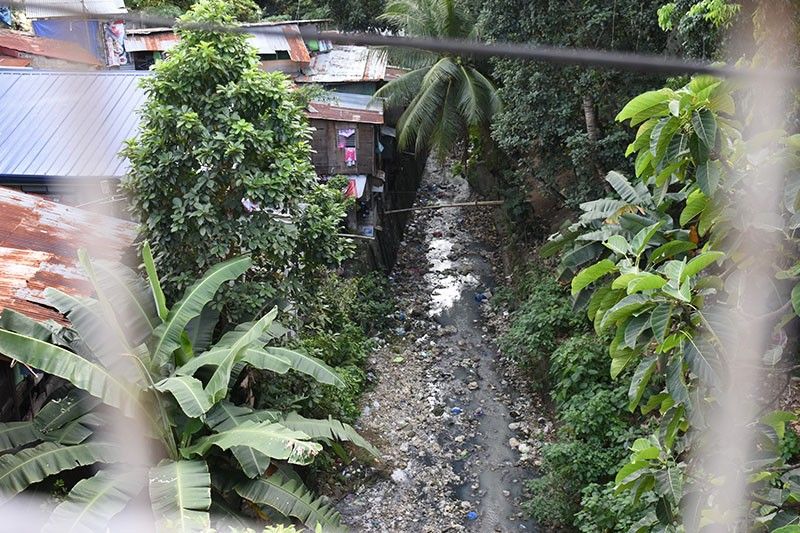In Cebu City: Parts of rivers downstream now dead

CEBU, Philippines — Parts of rivers in Cebu City downstream are already dead because of pollution caused by untreated wastewater discharge from establishments and houses along these water systems, the Cebu City Environment and Natural Resources Office said.
The Environment Management Bureau of the Department of Environment and Natural Resources - 7 also classified two rivers in the city, the Lahug River and Bulacao River, as class D rivers, which means pollutants there make the rivers uninhabitable for water creatures.
“Non-tolerable na gyud siya pwerteng taasa. Sobra na gyud kaayo sa contamination sa coliforms; taas kayo… nag conduct sila last quarter of the year (Coliforms contamination is too high that it’s no longer tolerable... they examined during the last quarter of the year),” said CCENRO head Ma. Nida Cabrera
The other water systems considered dead are the Mahiga Creek; Lahug River’s T3 – Tejero Creek, Tinago Creek, and T. Padilla Creek; Guadalupe River; and Bulacao River.
Cabrera believes that the Bulacao, Lahug, and Guadalupe Rivers are the most polluted rivers that can no longer sustain a healthy ecosystem.
These rivers are the most exposed to pollutants that can be traced to urban development with the encroachment of business establishments and houses along the easement of the water systems.
She said EMB is still completing the water sampling of all 10 water systems in Cebu City such as Lahug River’s Tejero Creek, Tinago Creek, T. Padilla Creek, Mahiga Creek, Bulacao River, Butuanon River, Guadalupe River, Lusaran River, Mananga River, and Cotcot River.
She clarified, nevertheless, that parts of the rivers upstream are still inhabitable.
Next steps
Cabrera said the state of the city’s water systems is alarming, stressing the need to implement a rehabilitation plan.
Cabrera said her office received a directive from the national office of DENR to prioritize the cleanup of all river system this year as a result of the city’s presentation of the current state of the rivers during last year’s river summit.
The 11-kilometer Bulacao River was chosen as pilot area for the cleanup next month.
DENR has asked the environmental officers of Argao town to help Cebu City workers clean the river.
The group has agreed to start documenting the Bulacao River starting this Friday to gather information on the state of the river, history, number of houses and establishments constructed along the easement, among others.
“Ang atoang river diha sa Bulacao kay wala naman gyud siya, non-tolerable na ang sitwasyon karon, makahatag na sakit sa katawhan sad so mao na gi priority sad sa atoang siyudad ug national government (The Bulacao River is non-tolerable and can make people sick so it is the priority of the city and national governments),” Cabrera said.
On February 20, barangay officials, people’s organizations, business establishment owners, and stakeholders will come together to discuss the rehabilitation plan.
Actual clean-up of the Bulacao River is scheduled on February 22. (FREEMAN)
- Latest























